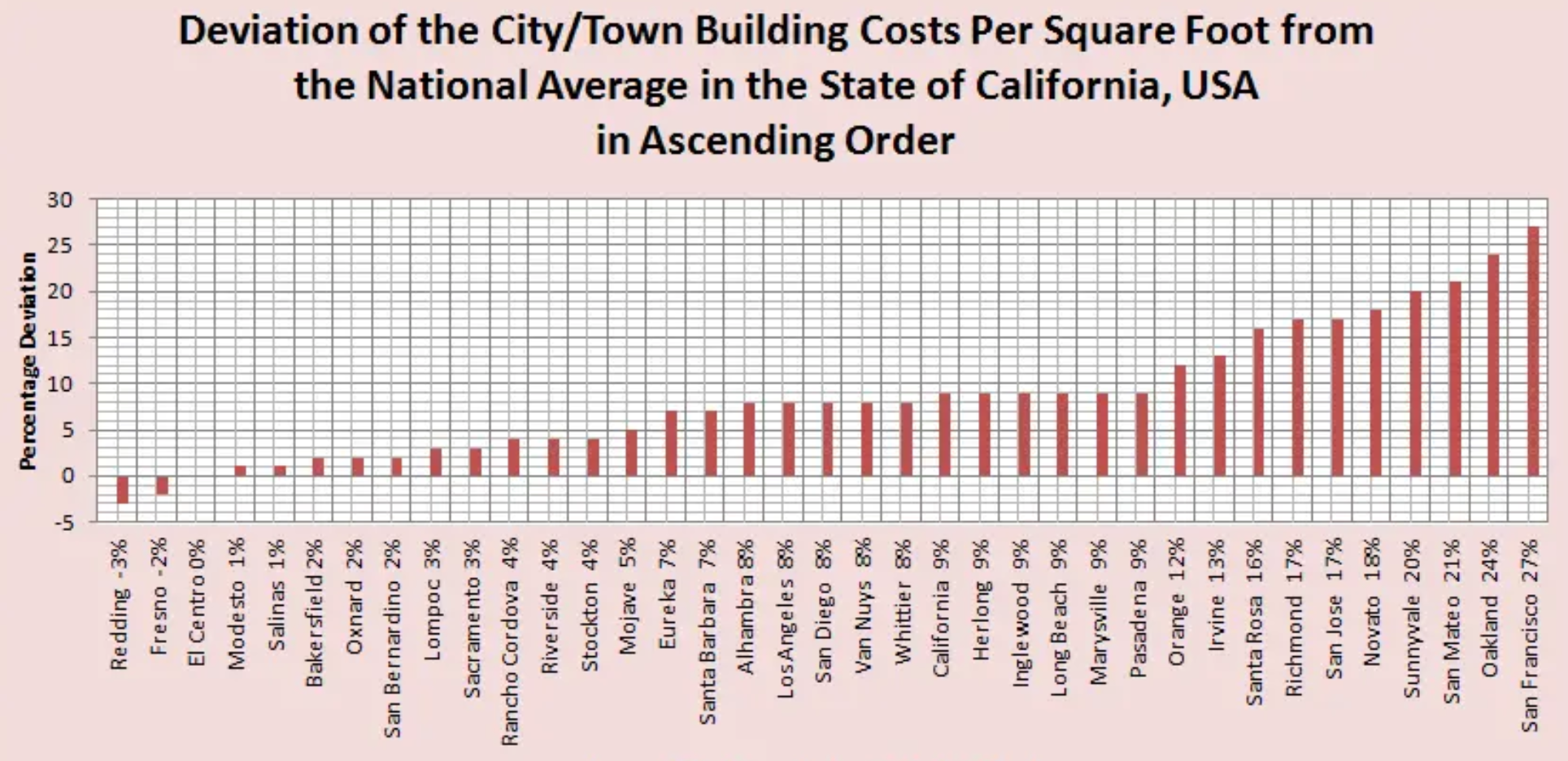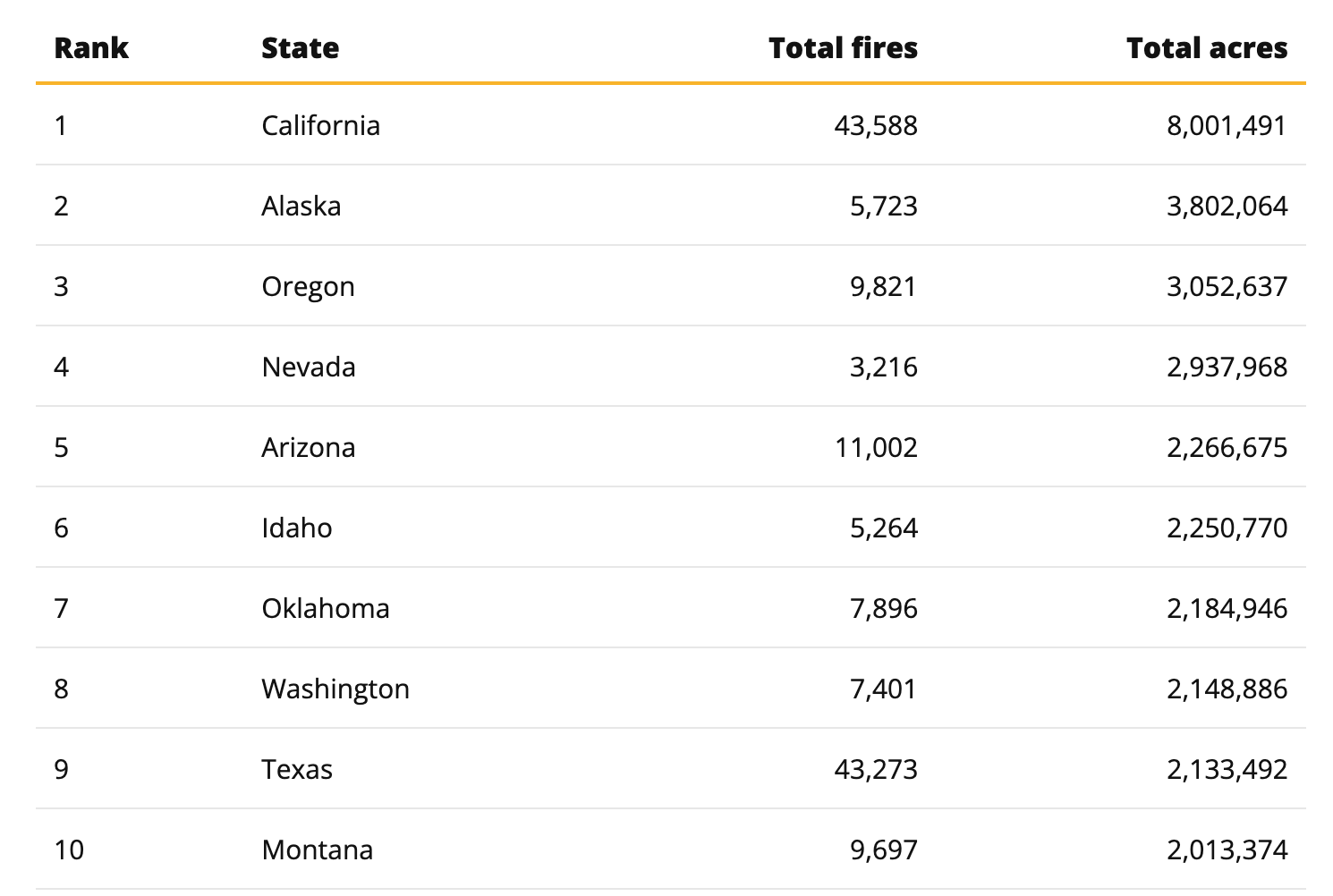Authorities today ended their year-and-a-half-long investigation into the cause of the 2021 Marshall Fire, concluding that Colorado’s most destructive wildfire in history actually had two separate ignition sources, one of which was six days before the fire grew out of control, with the other later originating from arcing power lines.
Boulder County Sheriff Curtis Johnson said the fire was first set on December 24, 2021 to burn branches and construction debris at a religious group’s compound on El Dorado Springs Drive. According to a Colorado Public Radio (CPR) report, that fire was inspected by the local fire department, which determined the fire had been extinguished correctly. But high winds six days later on December 30 uncovered hot ashes and reignited the fire. About an hour later, sparks from an Xcel Energy power line started a second fire about 2,000 feet away.
Boulder District Attorney Michael Dougherty said no criminal charges would be filed against either Xcel or the Twelve Tribes group. “We make our decisions based on evidence,” he said, “and not based on emotion. If we were to tell you we were filing charges today, it would be wrong and unethical.”
The Denver Post reported that the Marshall Fire was Colorado’s costliest; it destroyed $2 billion in property and killed two people.
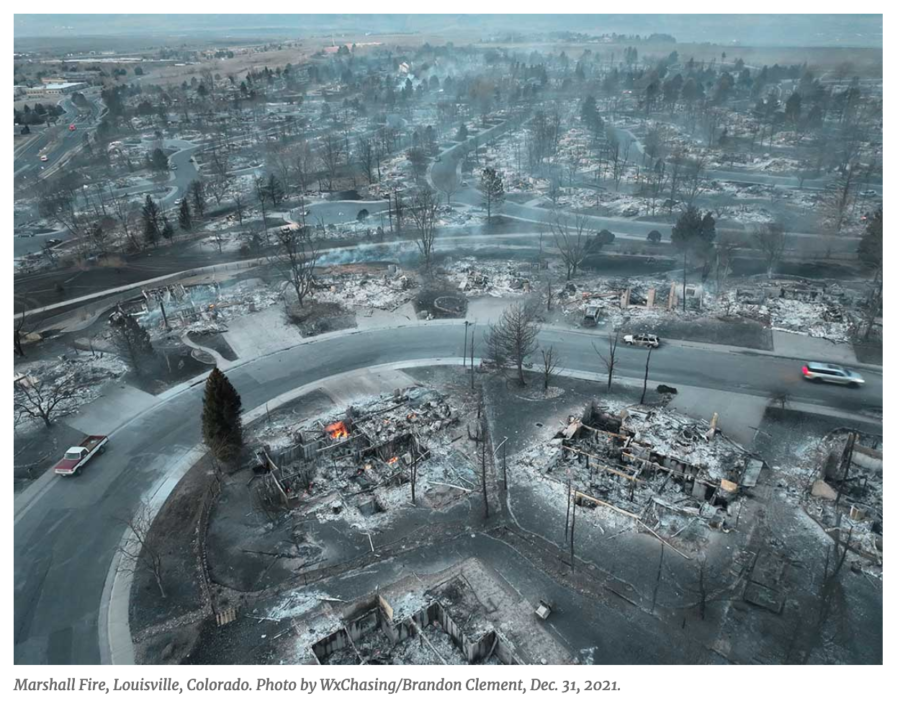 High winds, even with occasional hurricane-force gusts, are not unusual in this foothills region of Colorado, where the eastern prairies meet the Rockies. According to a climate.gov report, the Marshall Fire ripped through suburban neighborhoods on the west side of the metropolitan area. Pushed by high winds and fueled by dry conditions, the fire burned more than 6,000 acres, killed two people, and destroyed over 1,000 homes. On the day of the windstorm, atmospheric pressure dropped sharply east of the Rockies, and strong downslope winds followed. At the base of the foothills west of Denver, wind gusts reached 100 miles per hour.
High winds, even with occasional hurricane-force gusts, are not unusual in this foothills region of Colorado, where the eastern prairies meet the Rockies. According to a climate.gov report, the Marshall Fire ripped through suburban neighborhoods on the west side of the metropolitan area. Pushed by high winds and fueled by dry conditions, the fire burned more than 6,000 acres, killed two people, and destroyed over 1,000 homes. On the day of the windstorm, atmospheric pressure dropped sharply east of the Rockies, and strong downslope winds followed. At the base of the foothills west of Denver, wind gusts reached 100 miles per hour.
Johnson and Dougherty spent more than an hour Thursday morning laying out details of their investigation and how Dougherty came to the conclusion that no criminal charges would be filed.
Investigators found no evidence that members of the Twelve Tribes organization intended to start the Marshall Fire — or that Xcel Energy was negligent in maintaining its equipment, Dougherty said.
The Twelve Tribes Community is classified by the Southern Poverty Law Center as a “Christian fundamentalist cult.” It has a local home in the foothills of the Rockies on Eldorado Springs Drive. “We gather every morning and evening to hear from our Creator through one another,” says the group’s website. “Devoted to the teachings and selfless life of our Master Yahshua the Messiah (Jesus of the Bible), we lay down our lives for one another (meeting each other’s needs first) to see His kingdom come to the earth. We work, rest, dance, laugh, and eat together as a family, enjoying one another’s fellowship.” The Denver Post published an in-depth look at the group a year ago.
At the request of the Colorado Division of Fire Prevention & Control, a Facilitated Learning Analysis on the fire was completed. The lengthy and detailed document is in a “storymap” format, which in this case includes many illustrations, photos, and maps.
Xcel, incidentally, is disputing the investigation’s findings, arguing that fires in underground coal deposits (not uncommon in Colorado) near their power lines may be responsible for the start of the second fire. “We strongly disagree with any suggestion that Xcel Energy’s power lines caused the second ignition, which according to the report started 80 to 110 feet away from Xcel Energy’s power lines in an area with underground coal fire activity,” said Xcel spokesman Tyler Bryant. “Xcel Energy did not have the opportunity to review and comment on the analyses relied on by the Sheriff’s Office and believes those analyses are flawed and their conclusions are incorrect.”
~ Thanks and a tip of the hat to Rick




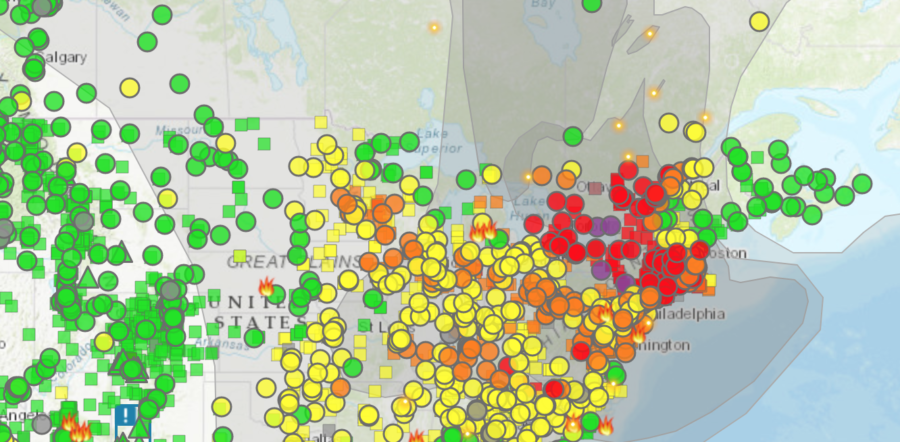

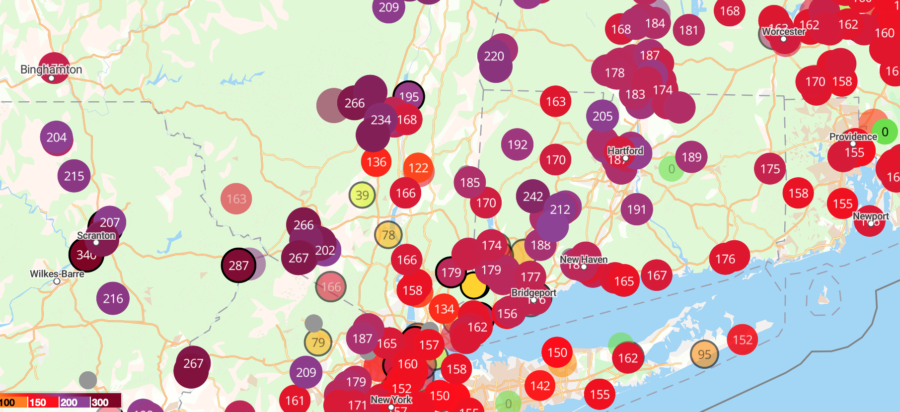

 The 2022 annual report from the EU’s environmental monitoring program Copernicus shows that scientists believe the extreme heat will get even worse in southern Europe. Britain recorded summer temperatures exceeding 40°C for the first time ever in July 2022. Britain’s heatwave was only one of many; the highest temperature measured was in Portugal at 47°C.
The 2022 annual report from the EU’s environmental monitoring program Copernicus shows that scientists believe the extreme heat will get even worse in southern Europe. Britain recorded summer temperatures exceeding 40°C for the first time ever in July 2022. Britain’s heatwave was only one of many; the highest temperature measured was in Portugal at 47°C. Nova Scotia officials said the fire’s burning in Shelburne County and about 50 homes have been destroyed. Dave Rockwood with the Nova Scotia
Nova Scotia officials said the fire’s burning in Shelburne County and about 50 homes have been destroyed. Dave Rockwood with the Nova Scotia 

